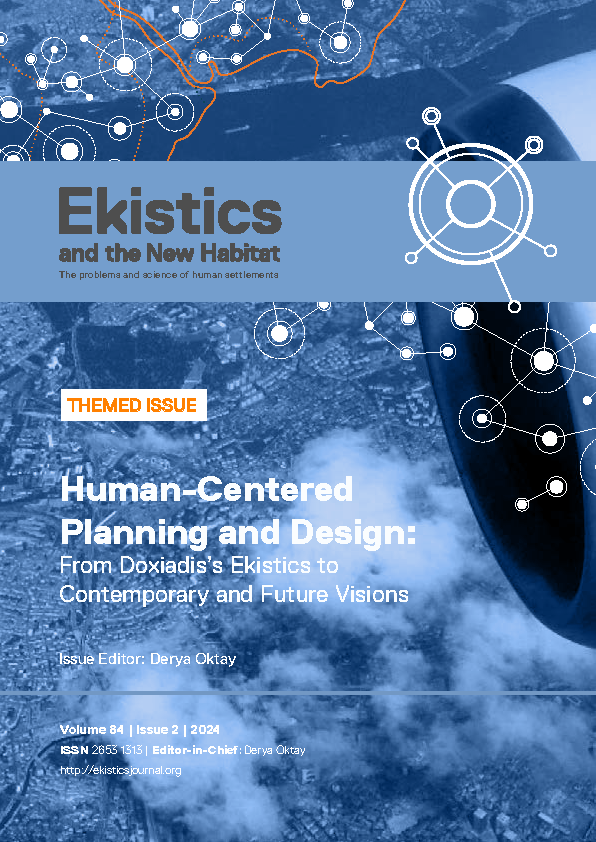Shaping Cities and Housing Environments for People
DOI:
https://doi.org/10.53910/26531313-E2024842735Keywords:
urban planning and design, human-centered approach, influential figures, traditional settlements, contemporary and future visionsAbstract
Since the 1960s, urban landscapes and housing environments have been profoundly shaped by industrial and technological advancements, alongside globalization. However, despite increasing environmental consciousness, urban planning has often neglected human-centered and neighborhood-scale approaches, resulting in urban environments and housing complexes lacking essential physical and social qualities. Modernist urban planning, while addressing certain urban challenges, has inadvertently given rise to issues such as urban sprawl, lack of diversity, and social alienation, as exemplified by the failure of developments like the Pruitt-Igoe housing complex. This article explores human-centered approaches in urban planning and design, championed by influential figures like Constantinos A. Doxiadis, Jacqueline Tyrwhitt, N. John Habraken, Amos Rapoport, Christopher Alexander, and others. Their theories emphasize integrating human needs, behaviors, and cultural contexts into planning, focusing on fostering vibrant communities, adaptable environments, and responsive design principles. Inspired by traditional Mediterranean and Middle Eastern settlements, the neighborhood emerges as a pivotal unit for fostering social cohesion, well-being, and belonging through the integration of private, semi-private, and public spaces to create meaningful connections. Addressing the deficiencies of contemporary car-centric and fragmented urban environments requires strategies that prioritize pedestrian-friendly spaces, community participation, and responsive design tailored to local contexts. Ultimately, achieving socially and environmentally sustainable urban environments depends on cohesive planning, innovative policymaking, and active community involvement. This vision requires a commitment to addressing both social and environmental dimensions of urban life, ensuring livable, inclusive, and resilient cities for future generations.
Downloads
Published
How to Cite
Issue
Section
Categories
License
Copyright (c) 2024 Ekistics and The New Habitat

This work is licensed under a Creative Commons Attribution-NonCommercial-NoDerivatives 4.0 International License.
Please contact the Editor-in-Chief: editor@ekisticsjournal.org, should you have any questions on copyright for your submission.
This research journal is for Educational and Knowledge development purposes.
All material published on this site complies with our copyright and terms as described by the Attribution-NonCommercial-NoDerivaties 4.0 International (CC BY-NC-ND 4.0)






